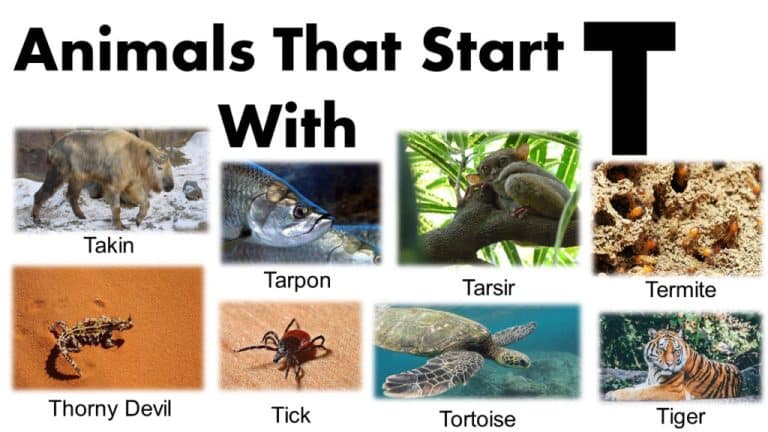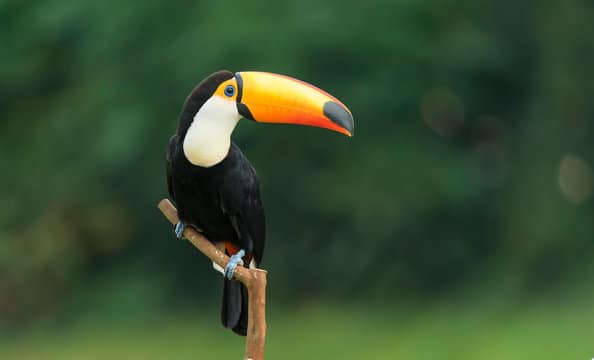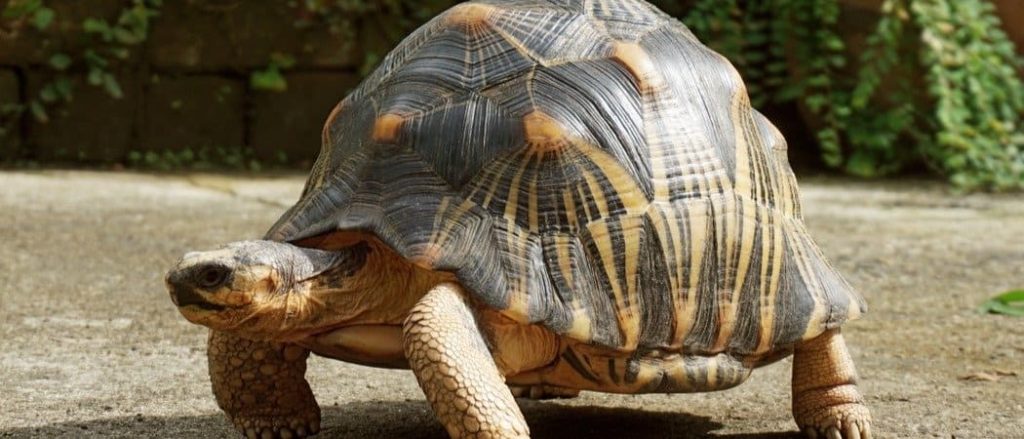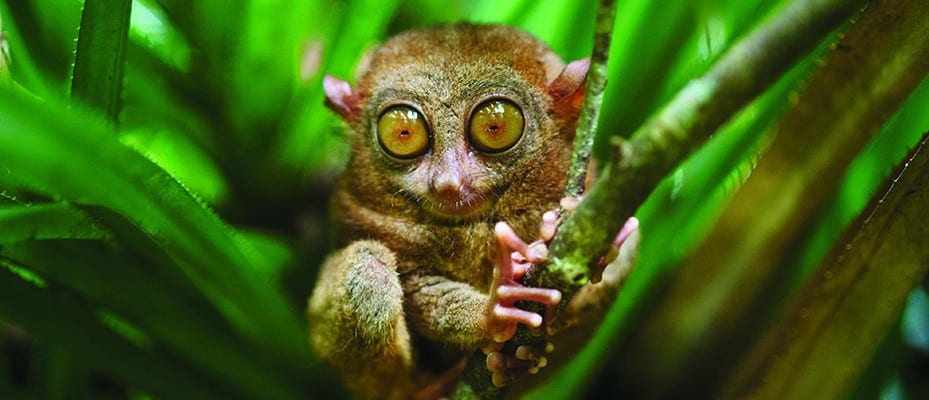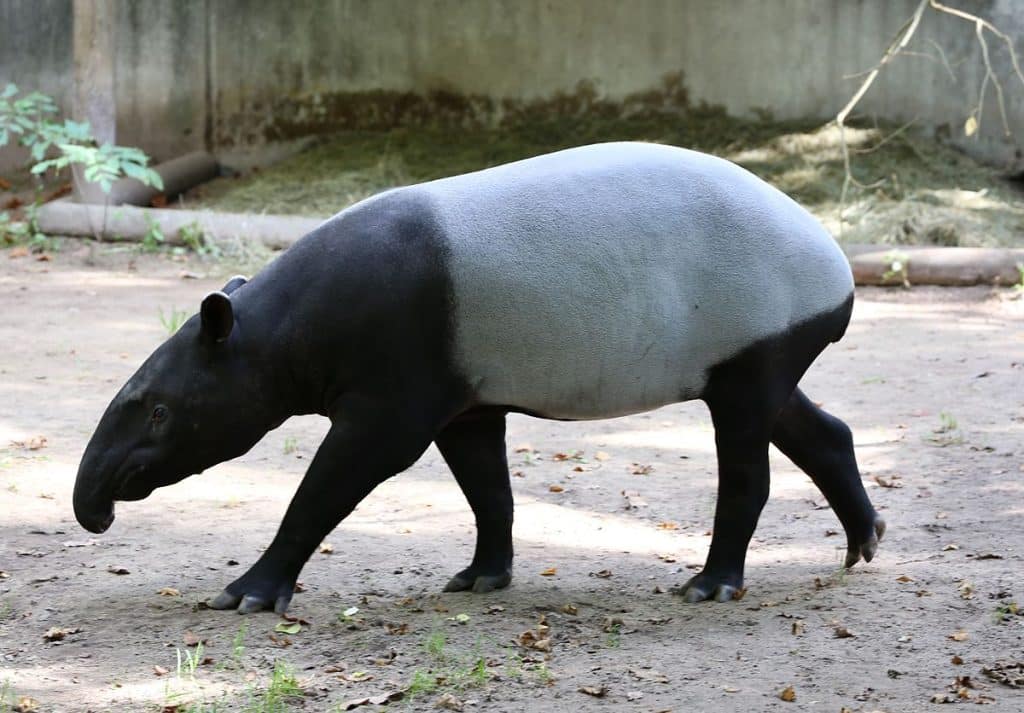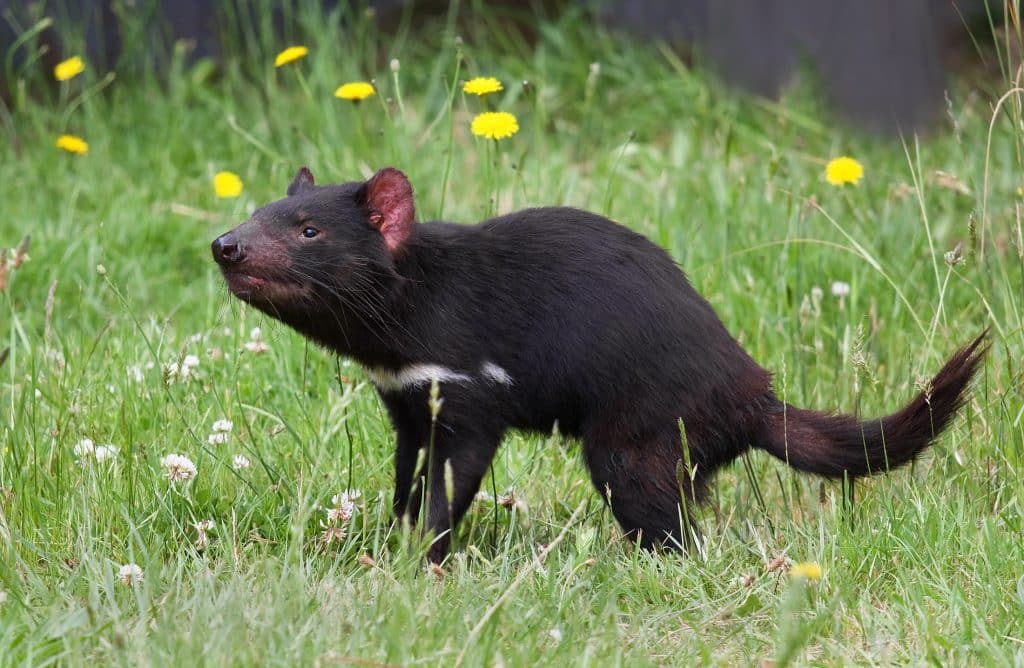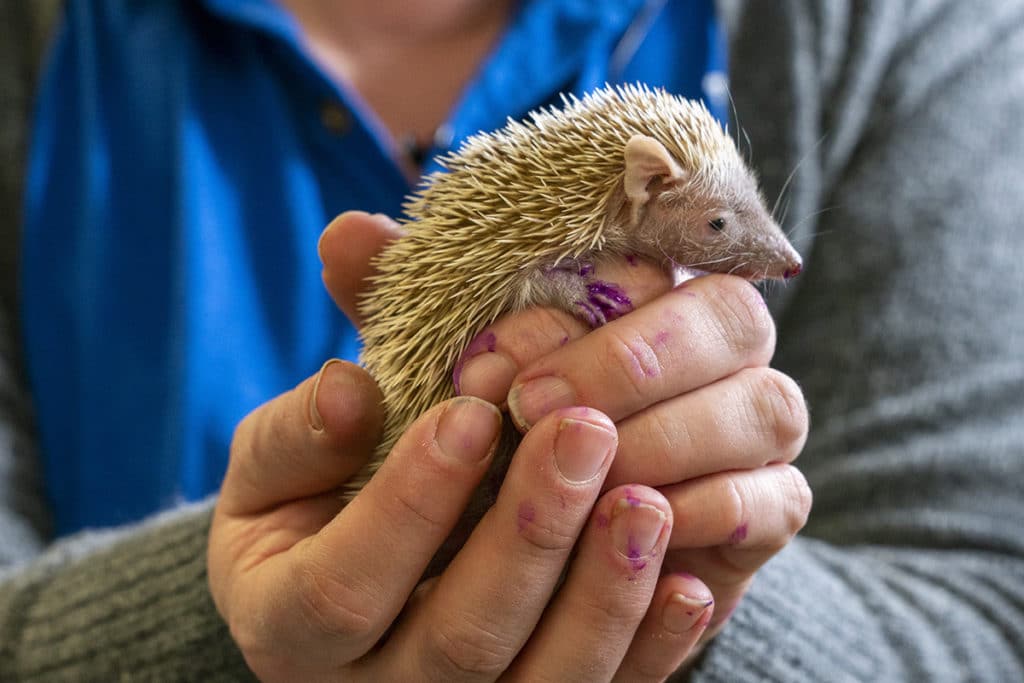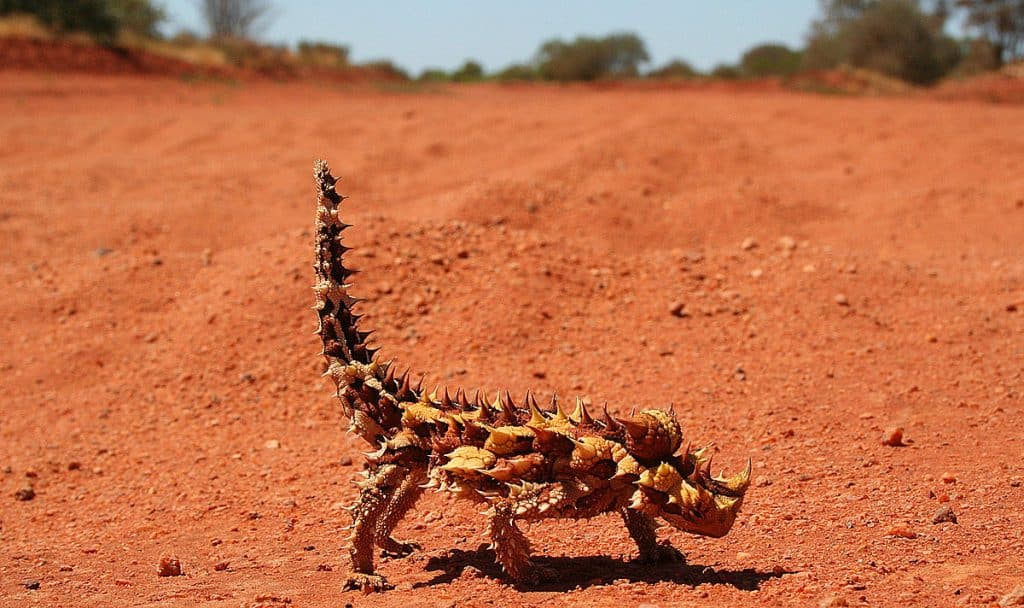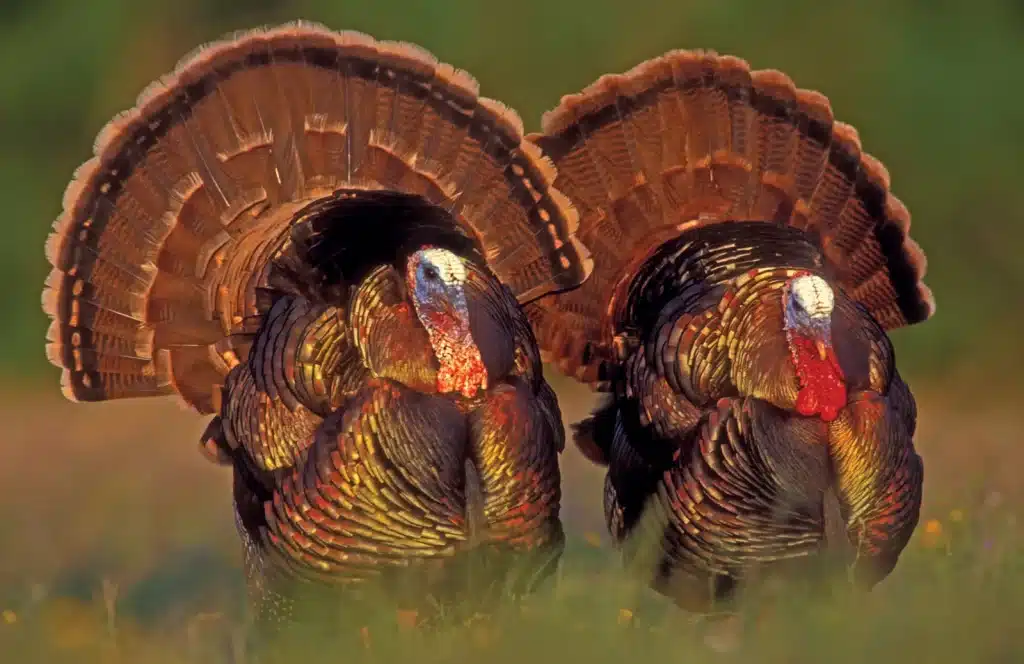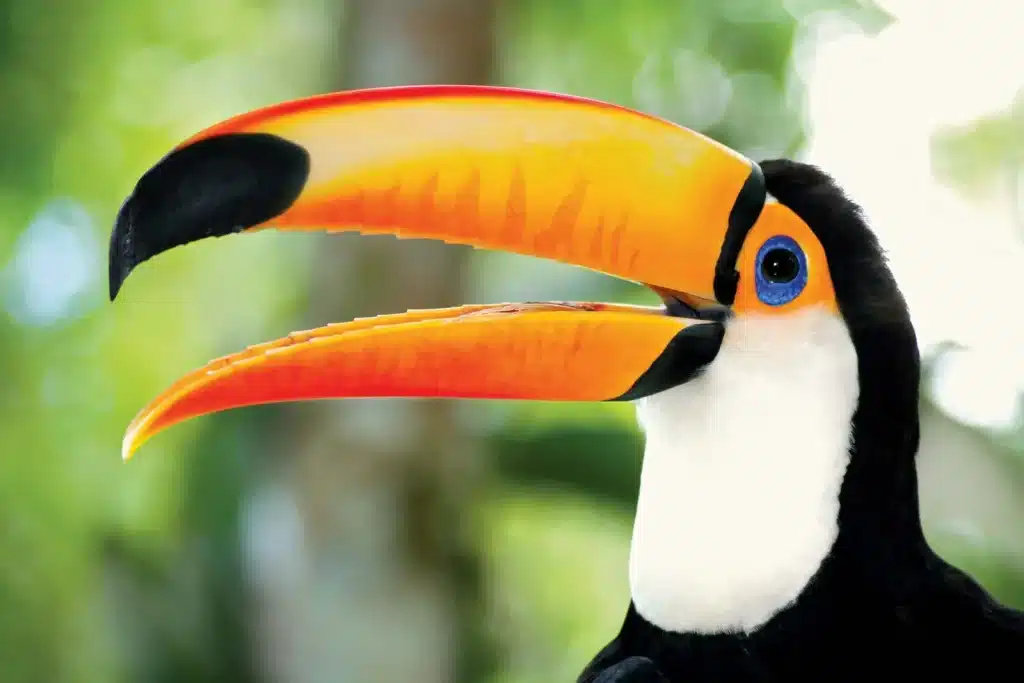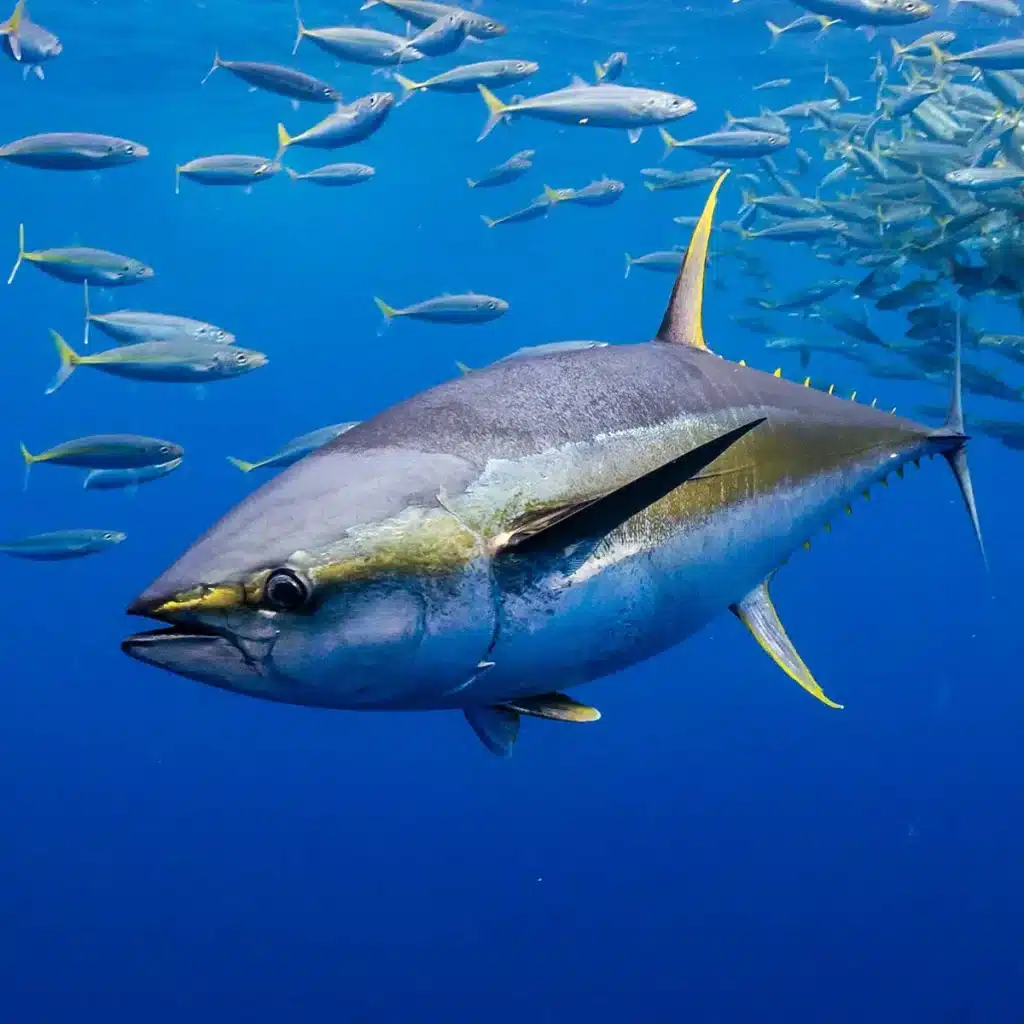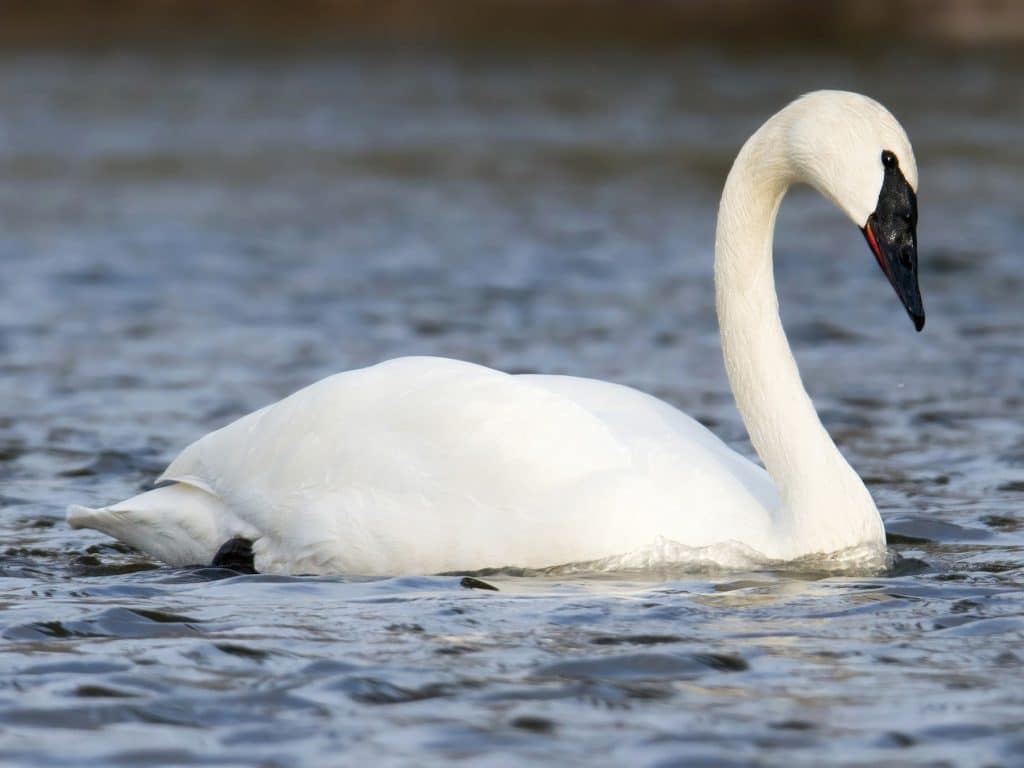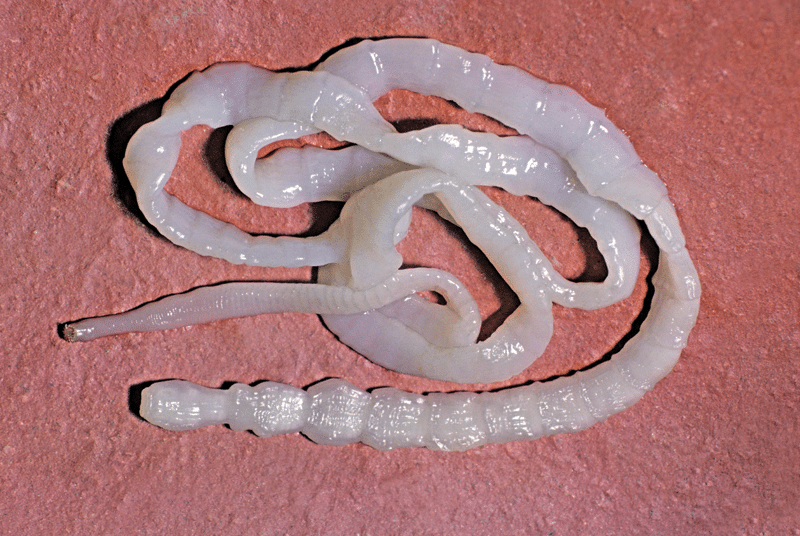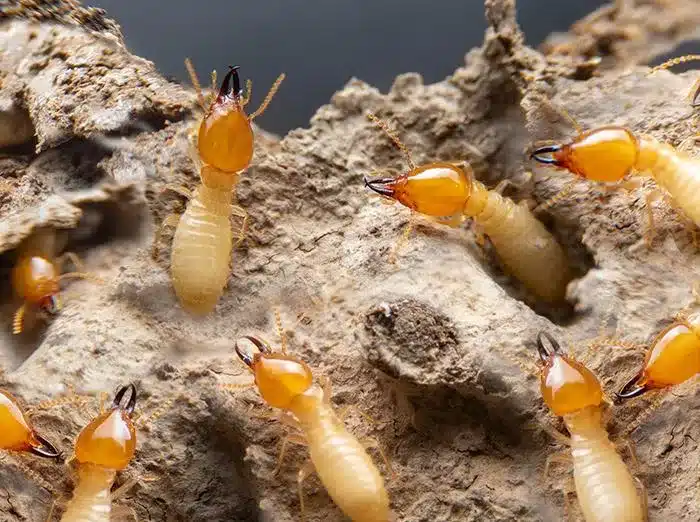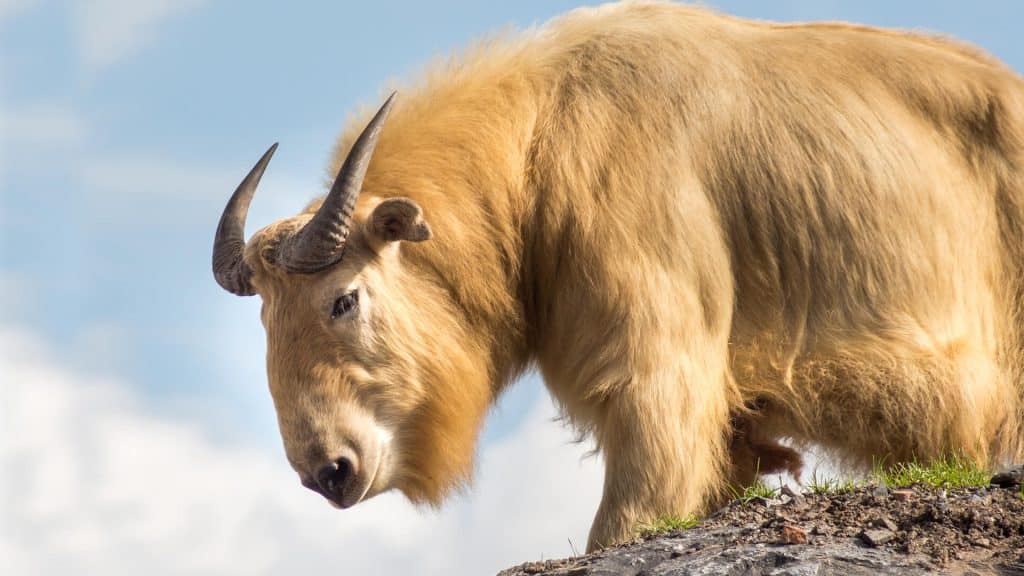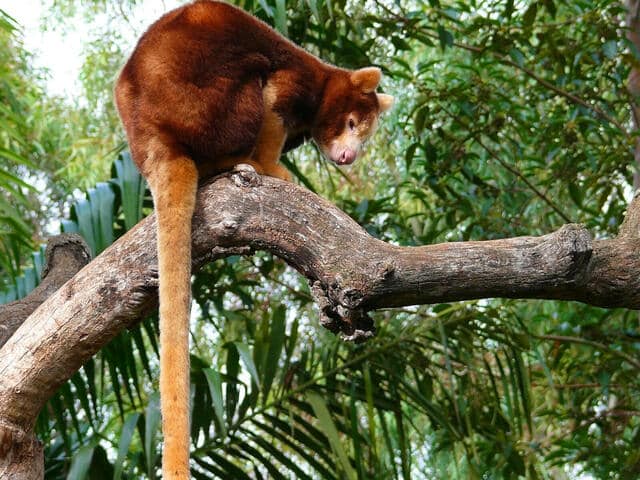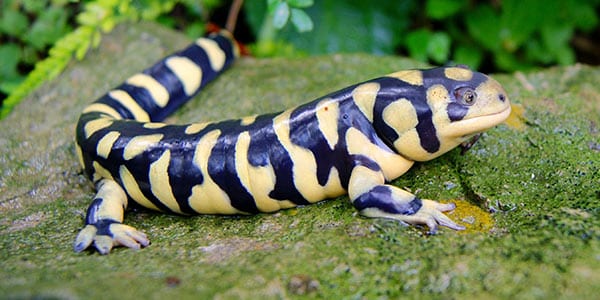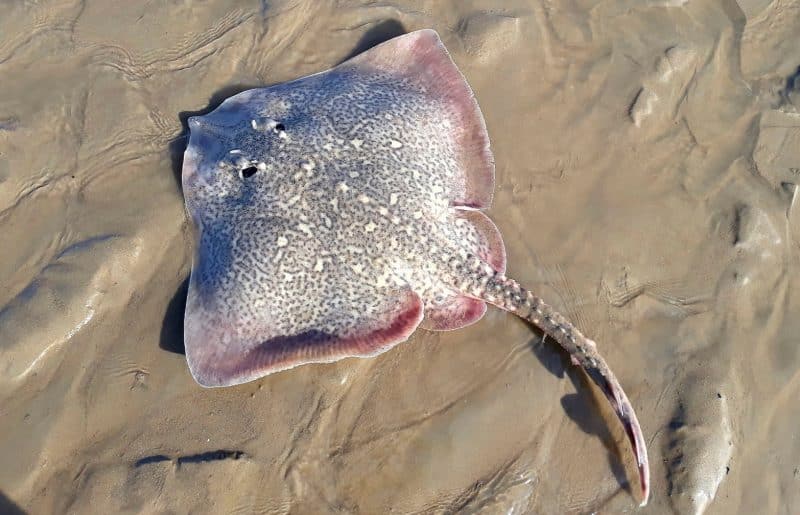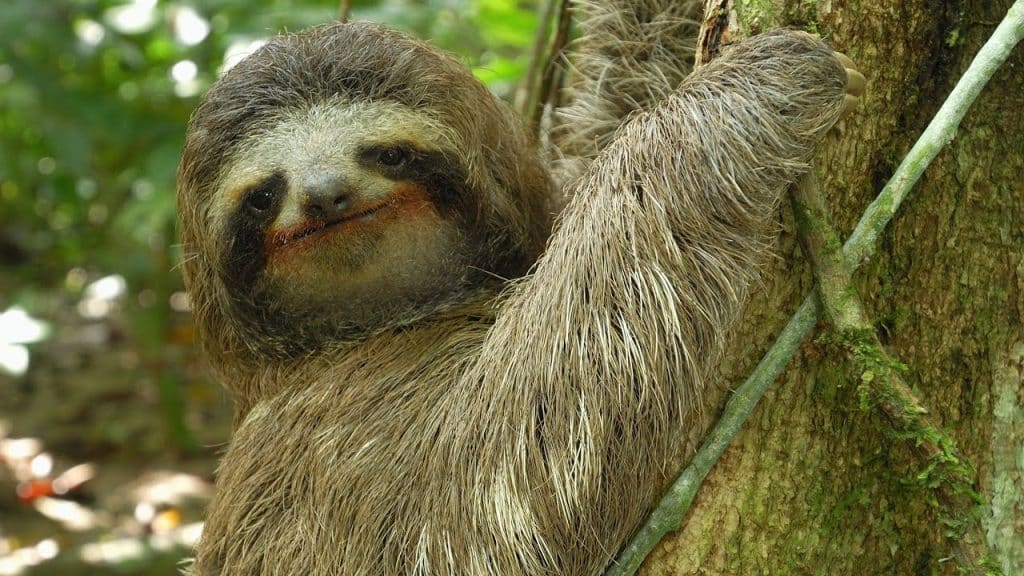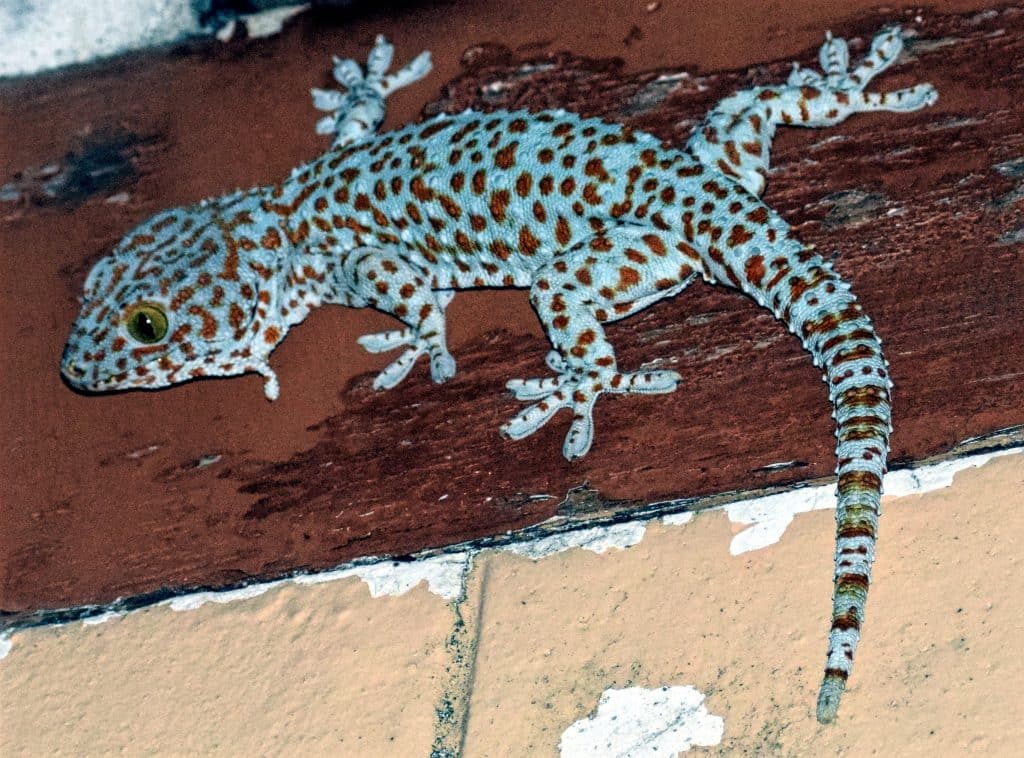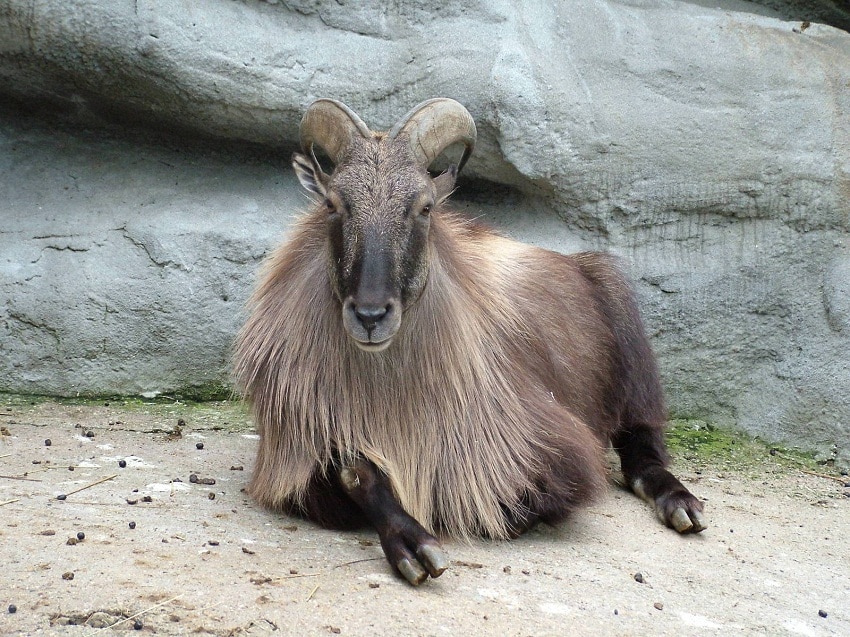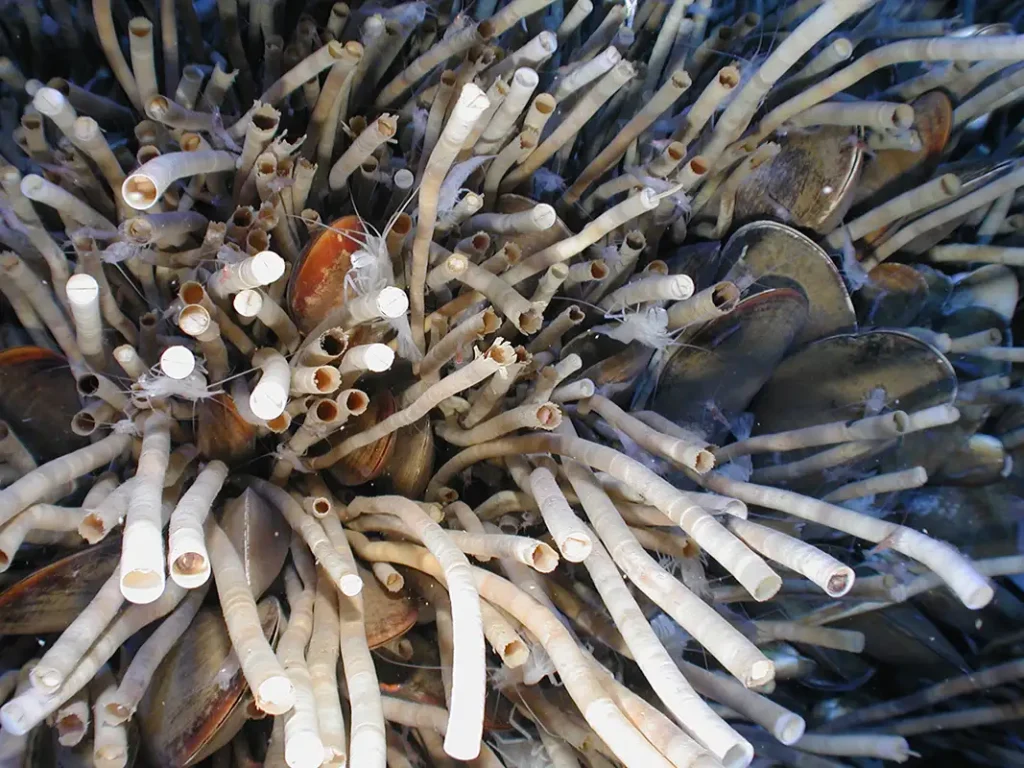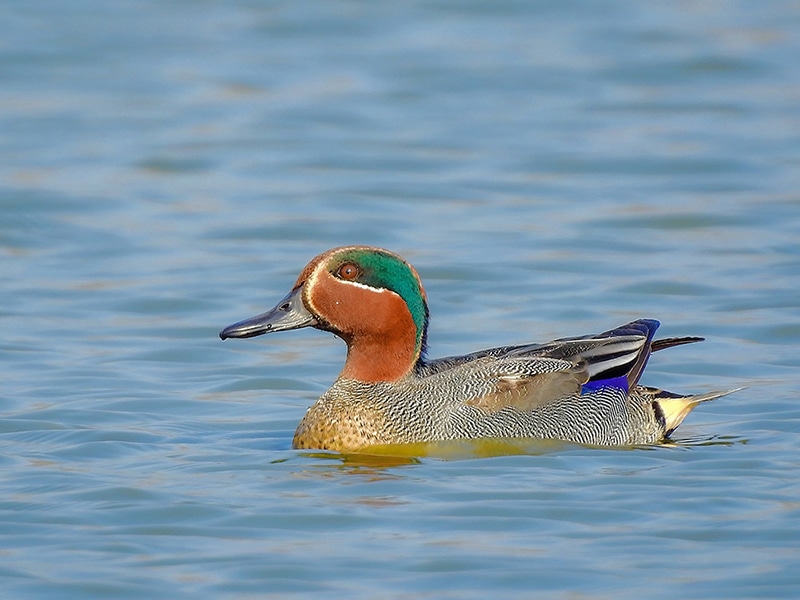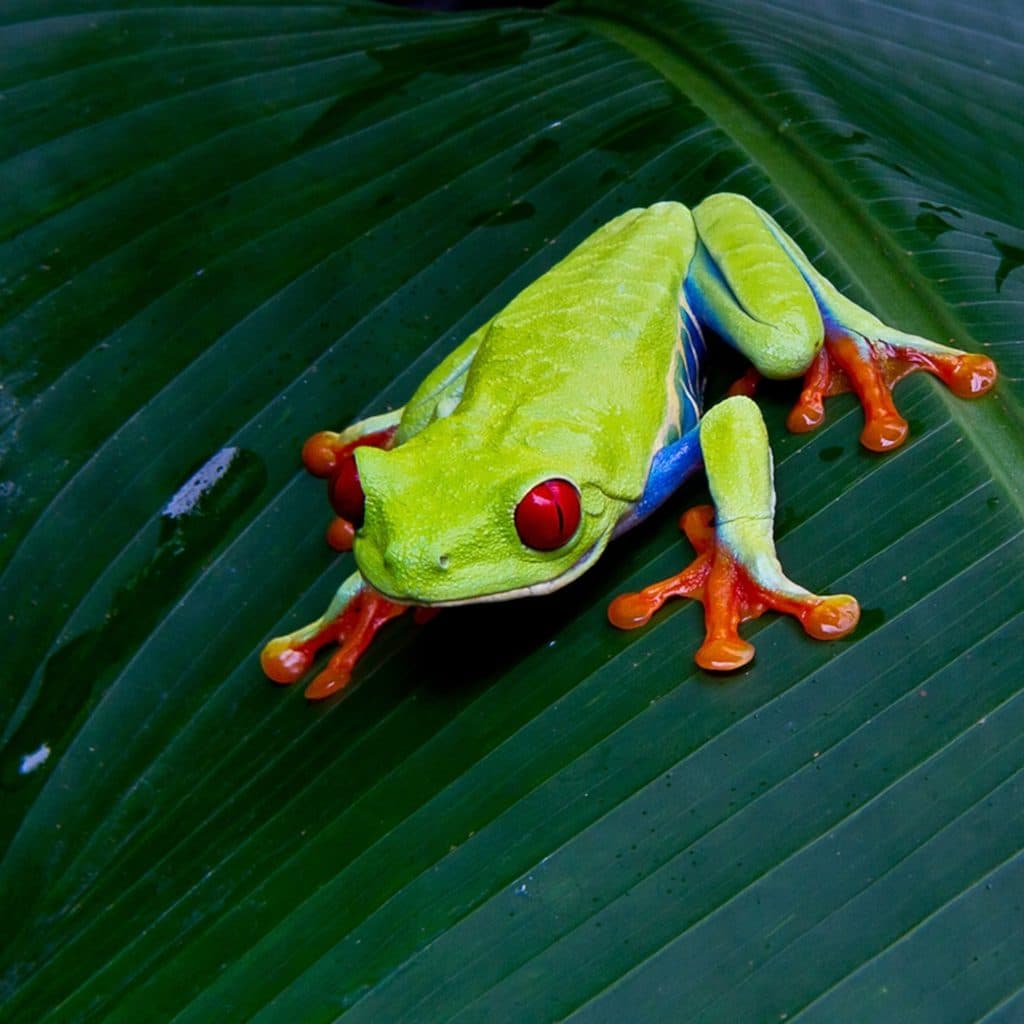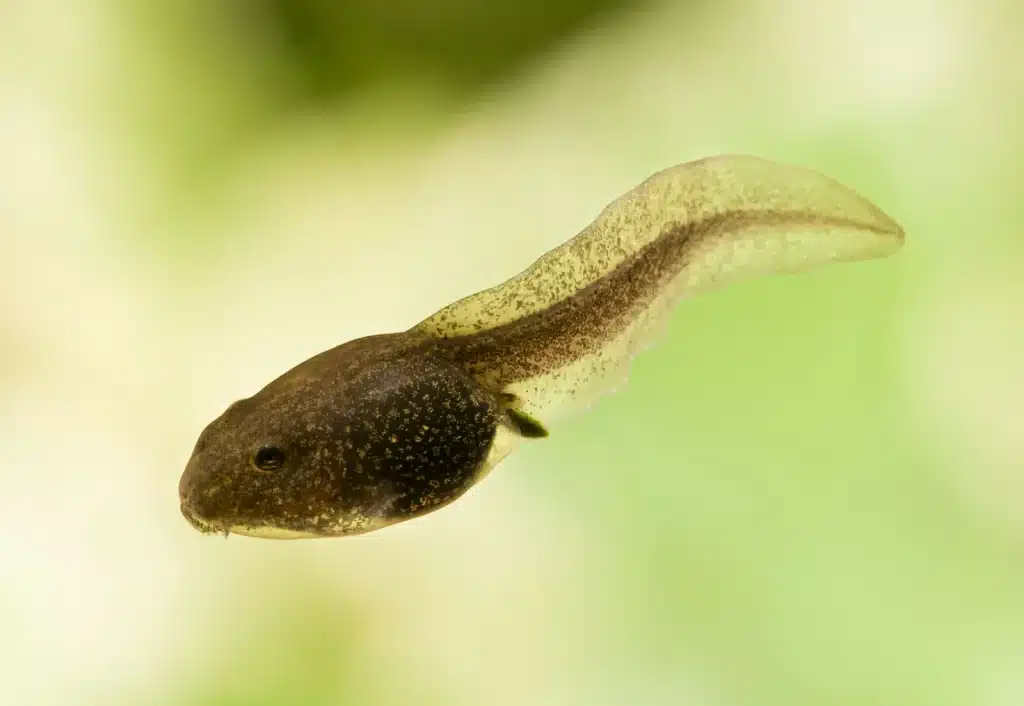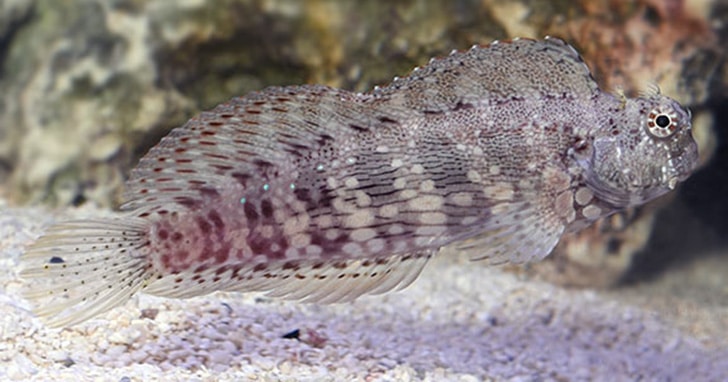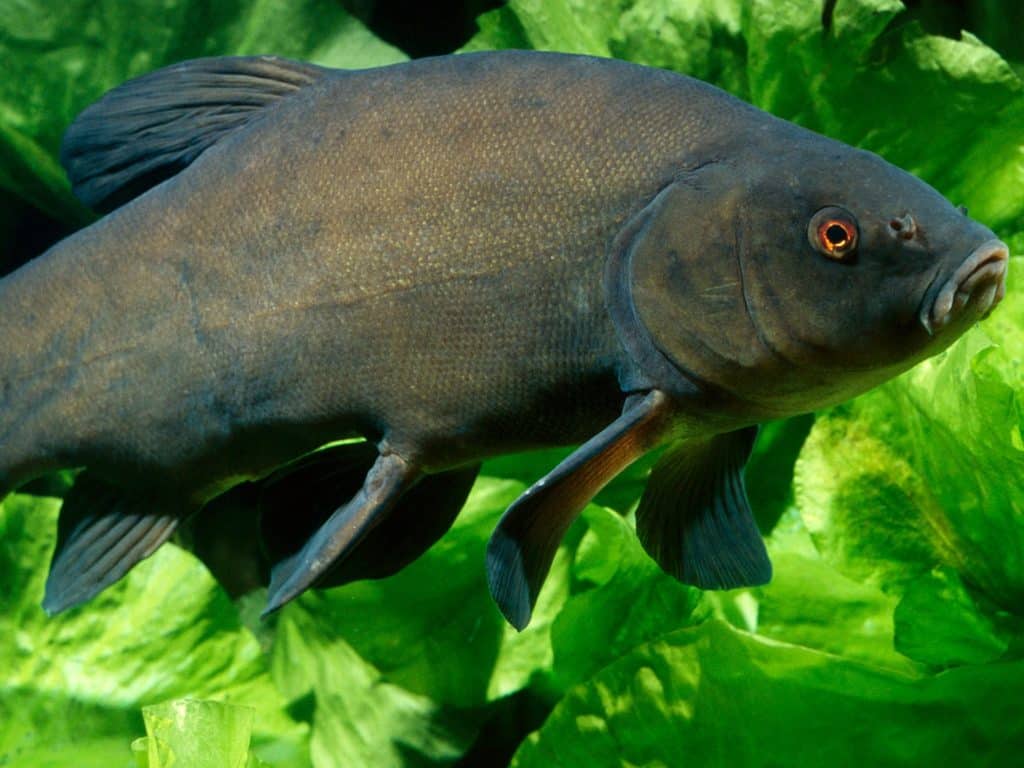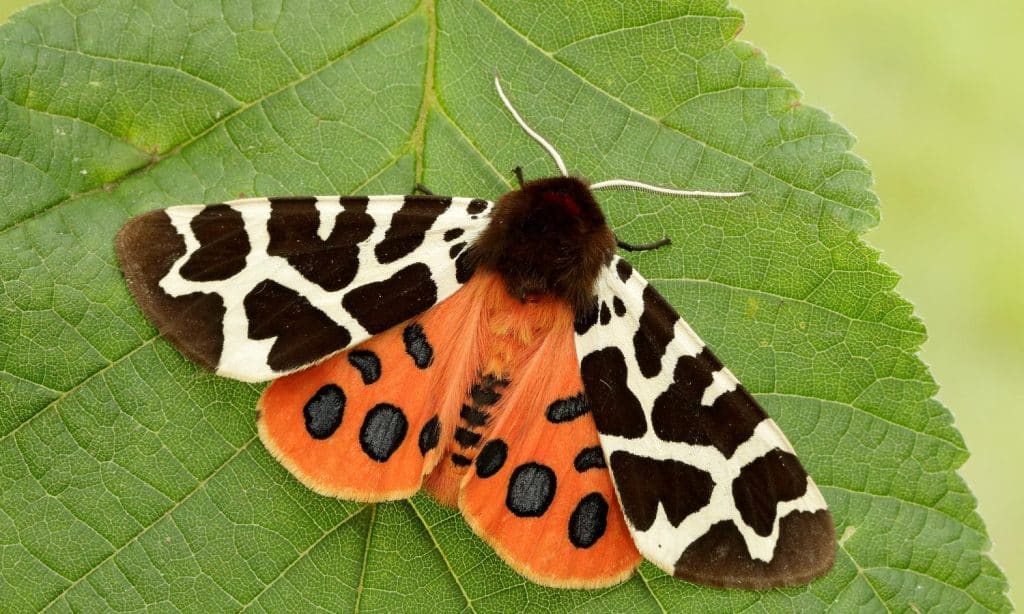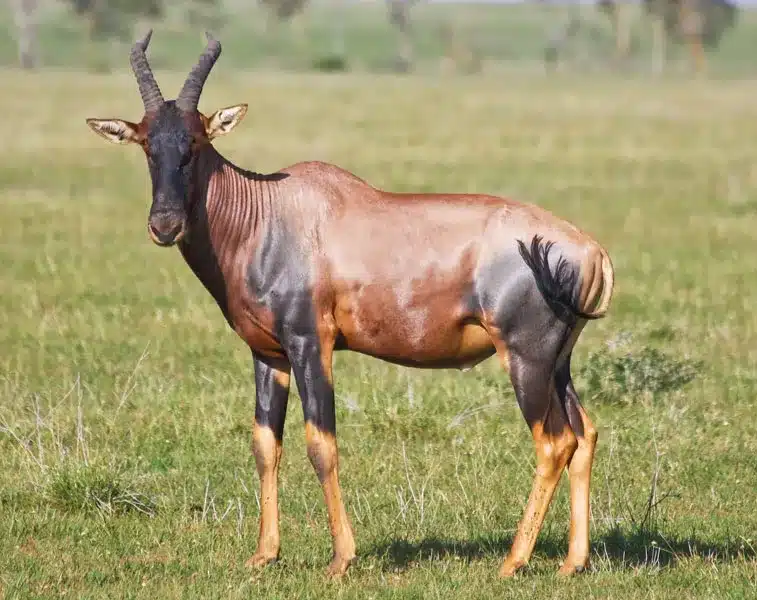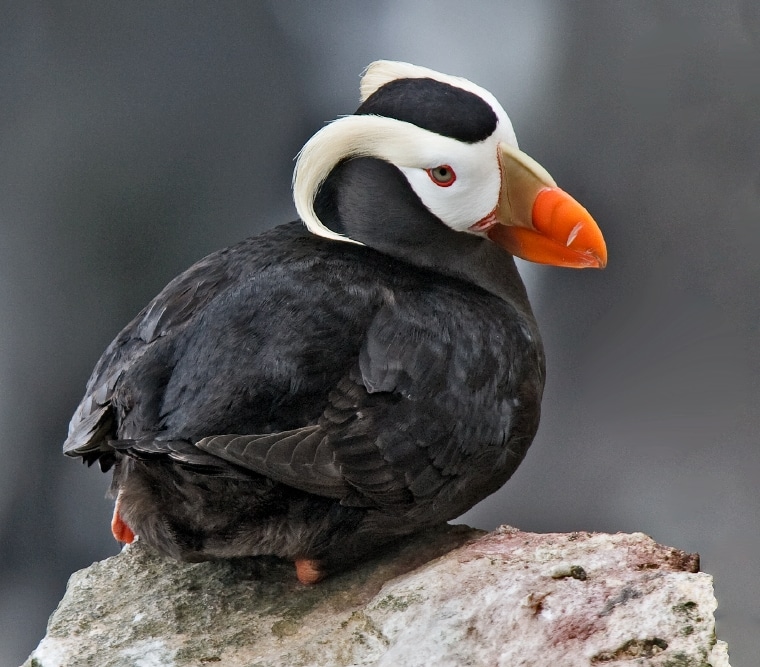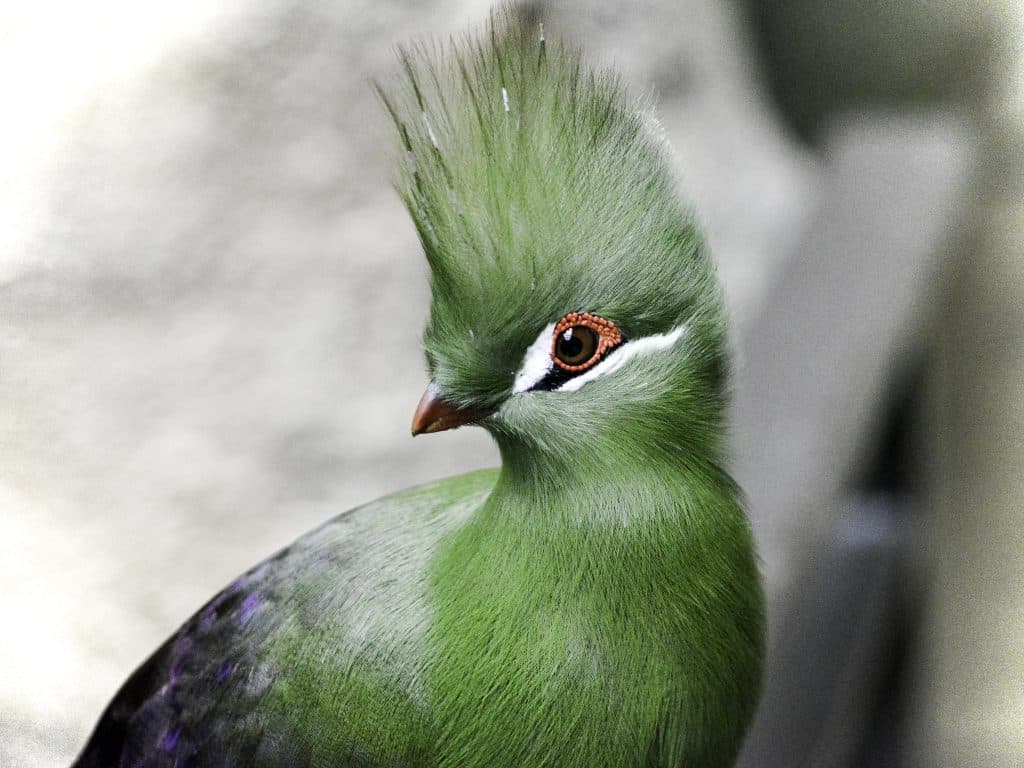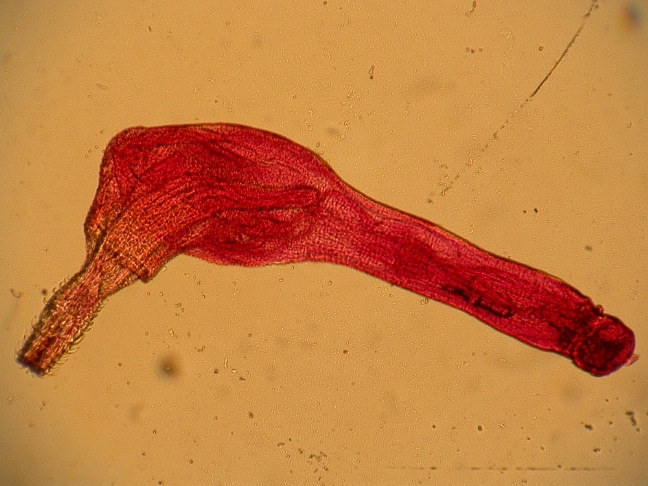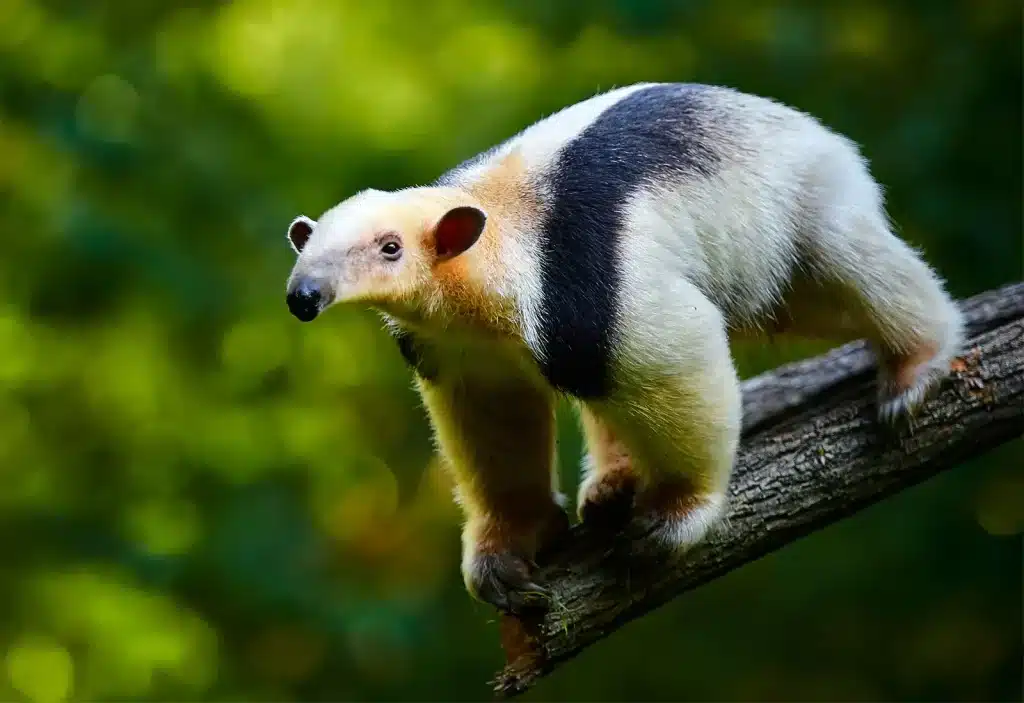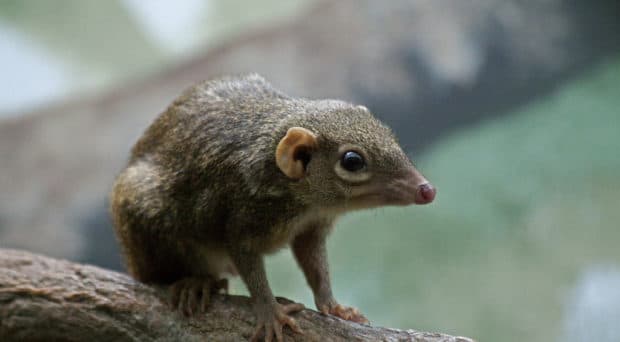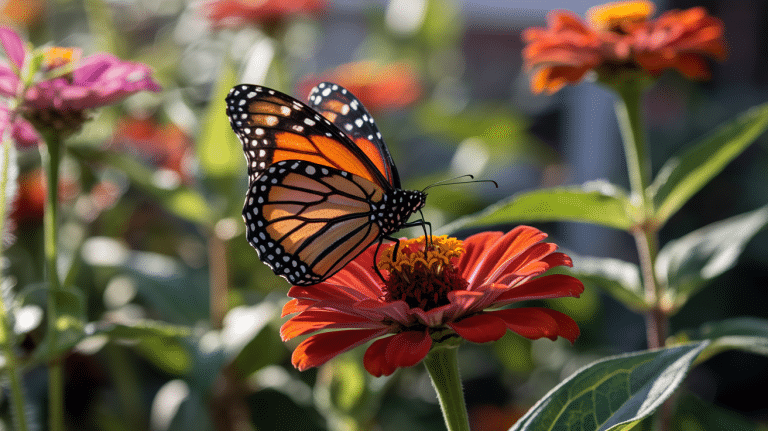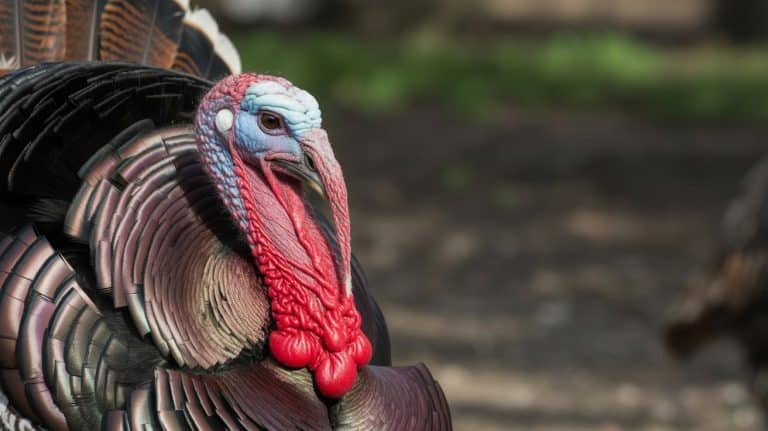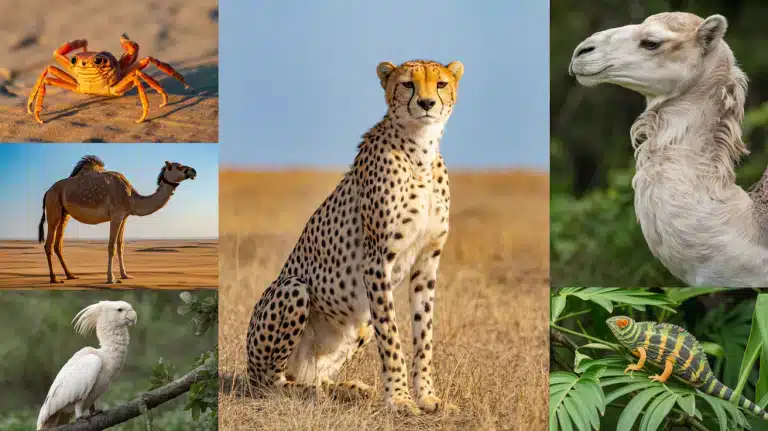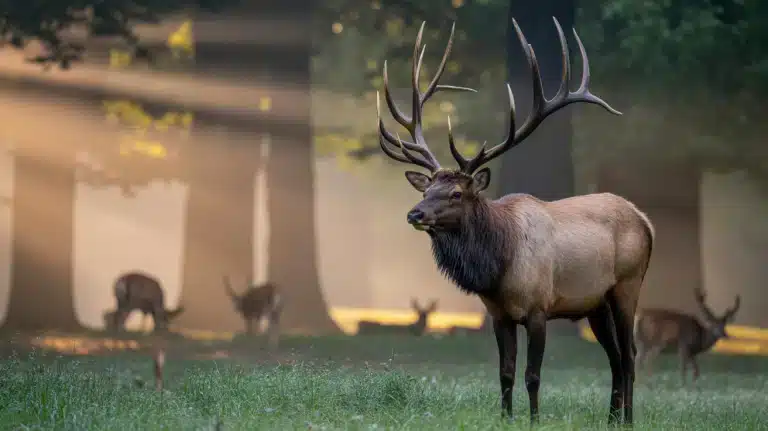Don’t you think the enormous diversity of the animal kingdom is evidence of the evolution of life on Earth? Well, Yes! Animals of different types, sizes, and habitats attract our interest and creativity in this vast world.
These creatures beginning with the letter T, represent the incredible diversity that nature has to offer, ranging from the fierce and regal to the tiny and fragile. We hope that this list will not only ignite your mind but also change your thoughts about the animal kingdom.
Let’s delve into the beauty of these 35 creatures that begin with the letter T and appreciate the abundance of biodiversity that exists all around us.
1. Tiger- The Monarch of The Jungle
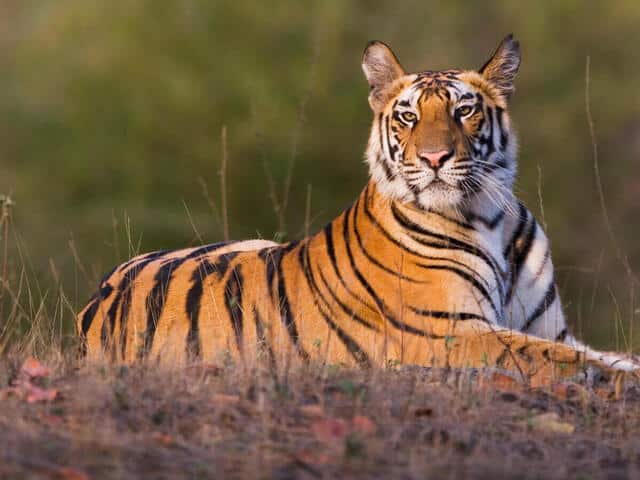
The tiger is a fearsome animal that roams in the thick woods and grasslands of Asia. The tiger is one of the most identifiable and captivating creatures on Earth, thanks to its distinctive orange coat with black stripes. They have amazing adaptations for survival, like keen hearing, smell, and sight senses, which enable them to be effective predators. They can quickly and effectively take down prey thanks to their retractable claws and strong jaws. Tigers also have excellent swimming ability, which sets them apart from many other large cat species. A tiger’s lifespan in the wild normally lasts between 10 and 15 years, however, under ideal circumstances, some individuals may live a little longer.
2. The Vibrant Acrobat Toucan
The toucan distinguishes itself as a maestro of aerial acrobatics because of its very big and colorful beak. This gregarious bird, which can be found predominantly in South Africa’s lush jungles, enjoys showing off its amazing flying prowess while searching for fruits and insects. Its strange cry adds a Symphony of noises to the forest chorus as it resonates through the treetops.
3. Tortoise – The Emblem of Endurance and Patience
While it’s a tough, protective shell, the tortoise stands for tenacity and longevity. These ancient reptiles have endured for millions of years by gradually acclimating to various conditions all across the world. The average lifespan of a tortoise is among the longest of any animal, and some have been documented to have survived for more than 150 years. They represent longevity as a result of various civilizations, including Chinese culture.
4. Tarsier – The Mysterious Nighttime Primate
The tarsier is a mystery nocturnal primate native to the islands of Southeast Asia. It has huge eyes and keen hearing. Using their special characteristics, these tiny critters expertly move through the thick undergrowth in search of insects and small vertebrates.
5. Tapir- The Shy and Lonely Browser
The elusive Tapir is noted for its timid and lonely attitude and may be found in the deep jungles of Southeast Asia and Central and South America. This herbivorous animal, which resembles a Cross between a pig and an Ant eater in appearance, performs a critical role in seed dissemination, assisting in the regeneration of its forest environment.
6. Tasmanian Devil- The Spirited Scavenger
This fierce and deadly mammal, known as the Tasmanian devil, lives alone on the island of Tasmania. Despite being tiny, it may be dangerous when provoked or when in a feeding frenzy. Conservationists work to protect this rare species, which is threatened by habitat degradation and malignancy known as devil facial tumor disease, which is also infectious.
7. Tenrec – A Multifaceted Family of Adaptive Animals
The Tenrec family of Madagascar has a wide range of several species, each with its own distinctive trades. They have a surprising variety of adaptations, ranging from shrew-like snouts to spines like those of hedgehogs, that allow them to thrive in their various settings. There are just approximately 10 years left on average. While this may appear brief, tiny animals like the tenrec have ordinary lifespans. Several tiny animals have lifespans of fewer than 10 years because of their rapid metabolism and inability to protect themselves from illnesses and predators.
8. Thorny Devil- Master of Camouflage
The thorny devil, an Australian lizard that is endemic to dry areas, is a live example of how to camouflage. This lizard, which has a prickly spine covering it, is exceptionally adaptable, fitting in with its dry environment and consuming dew by capillary action.
9. Turkey – The Symbol of Thanksgiving
Thanksgiving wouldn’t be complete in North America without the appearance of Turkey, the holiday’s symbolic bird. The bird occupies a significant position in the bellies and hearts of many over the holiday season because of its distinctive gobble and lavish plumage.
10. Toco Toucan – The Enduring South American Envoy
A treasured representation of South American biodiversity, the toco toucan is known for its remarkable look and hilariously huge beak. Long beaks reach deep within the tree to grab other birds’ eggs and create cavities for depositing eggs. The beak is long and curved to make it easy to reach food and catch prey. The feathers’ color aids in their ability to blend in with their environment. Razor-sharp claws make it easy to stand on trees. Wild toco toucans have an average longevity of 20 years and a maximum documented lifespan of 26 years. This species of toucan typically lives for just around 18 years in captivity.
11. The Tuna
The tuna, who is also a seize speed demon, is quite dangerous and is magnificent. Fishermen all across the world value tuna as a desirable catch because of their reputation for speed and agility in open water. They can swim at remarkable speeds because of their streamlined bodies, making them great ocean champions.
12. Trumpeter Swan
Trumpeter Swan is also known as Cygnus buccinators, a graceful songbird of the waterways. The trumpeter swan, the biggest duck in North America, glides through blessed waterways with grace and elegance. The environment around it has a mystical feel because of its trumpet-like, musical cry. They might live for up to 25 years. Adult trumpeter swans have pristine white plumage, black beaks, and black feet. Swans are enormous creatures that weigh 20 to 30 pounds and are 4 to 5 feet long.
13. Tapeworm
Another disgusting perplexing parasite is the tapeworm. Although less enduring than the other creatures on this list, tapeworms are nevertheless deserving of our attention. These parasites flatworms exhibit extraordinary adaptations for survival and reproduction in their home in the intestine of numerous mammals.
14. Termites
Despite being frequently viewed as the best, termites are essential elements of the ecosystem because they decompose dead plant matter and improve soil. This is why we can also call them the silent builders of civilization. For ages, scientists have been fascinated by their elaborate social structure and nest-building techniques.
15. Takin
The takin, a species with a peculiar look from the eastern Himalayas, is skilled at navigating the difficult hilly habitat. It is the main reason why it is also known as the Himalayan gem. It’s a strong, stocky build that fits the arid surrounding of its home wonderfully. 12-15 years. Takin feed in the early morning and late afternoon; however, on cloudy days, they may be active all day. Takin migrates between feeding and resting areas by following small routes through dense vegetation.
16. Tree Kangaroo
Known for its arboreal Acrobat, the tree Kangaroos are special climbers, unlike their ground-dwelling relatives. They use their strong forelimbs and robust tails to scale the forest canopy. These endemic to Australian and New Guinea animals have skillfully adapted to an arboreal lifestyle. Their shorter legs and stronger forelimbs for climbing have helped them adapt to live in the trees, giving them a look that resembles a hybrid between a kangaroo and a lemur.
17. Tiger Salamander
The tiger salamander is also known as stripped amphibian wonder. With its dramatic black and yellow striped design, it is a sight to behold. This frog which can live on both land and water, goes through a metamorphosis that changes it from a water-dwelling larva to a terrestrial adult. Tiger Salamanders can survive in captivity for up to 15-20 years. In the wild, their lifespan is unknown. During the day, they would stay concealed in cracks and logs to escape predators. They may also emerge from hiding after twilight or on a wet day. They will undertake all of their hunting and eating at night.
18. Thornback Ray
The thornback ray is another name for the undersea thorned wonder. This organism, a cartilaginous fish with thorny prostrations down its back, can also be found in the eastern Atlantic Ocean. Divers find it to be a mesmerizing site due to its beautiful motions across the ocean’s depth. The thornback ray is characterized by a body form like a kite, as well as by a blotchy brown or grey back and a cluster of ‘thorns’ on its back and tail. The thornback ray possesses the largest thorns among the several ray species. Their alleged maximum age is 15 years old.
19. Three-Toed Sloth
The slow-motion marvel, the three-toed sloth, lives in the jungles of Central and South America and travels very slowly. Sleeping up to 20 hours each day on average is his work. Because of its relaxed way of living, it can develop on its fur, giving it great camouflage.
20. Tokay Gecko
Southeast Asian tokay geckos have vivid blue Gray coloring and brilliant orange patches on them. They are known for their vocalizations, which mimic the word “To-Kay”! In addition to its remarkable look, this gives them a special adjective for the vocal and enthusiastic reptile.
21. Tahr
Tahr is a rocky mountain climber, also known as Hermitragus, scientifically. The agile ungulates known as Tahr, Baby, found in the Himalayas, are skilled at negotiating rugged terrain and high cliffs. Because of their agility, they can survive in different Alpine settings.
22. Tube Worm- The Mysteries of Deep
Intriguing aquatic animals known as tube worms are discovered in the deep oceans and are frequently found around hydrothermal vents and cold seeps. They can survive in extreme environments because of their symbiotic bacteria interaction. These amazing animals live in long, tubular calcareous shells that are linked to hard surfaces like rocks or shipwrecks. Tube worms have an incredible lifetime, with some species surviving for decades. Their symbiotic association with chemosynthetic bacteria living within their bodies is one of their most extraordinary adaptations. Through a process known as chemosynthesis, these bacteria transform sulfur compounds from hydrothermal vents into organic molecules.
23. Teal
An agile aquatic Acrobat, teal is a tiny and elegant species of duck found throughout Eurasia and North America. They are an elegant site for bird watchers. It is a delight to see it in its native environment due to its quick and beautiful flight. In captivity, they can live up to 20 years; in the wild, 10 years. Males have spotted chests, grey sides, and black-edged yellow tails. Their heads are chestnut in color with large green eye patches. Females have brown mottling. Both have vivid green wing patches when flying.
24. The Tree Frog- Masters of Camouflage
Due to their sticky toe pads, tree frogs are well known for their capacity to climb and cling to foliage. They may avoid predators while waiting for food thanks to the outstanding camouflage provided by there are various hues and patterns. Some of them have a lengthy lifespan, such as the Litoria caerulea, an Australian green tree frog that is frequently maintained in captivity for up to 15 years. Short-lived species are those having life spans of three years or less.
25. Tadpole
The larval stage of frogs and toads, known as a tadpole, has a distinctive look due to its long tail and gill structures. It changes into its adult form through metamorphosis, making the amazing shift from aquatic to terrestrial existence. Tadpoles in ponds and intermittent streams may adapt to changes in water depth, the speed of the current, and the intake of dense particles when eating, thanks to lung gases. Tadpoles may quickly decrease lung capacity and, thus, gaseous lift and buoyancy when water currents are stronger. Tadpole stage durations range from two weeks to three years. The tadpole stage lasts between one and three months for the majority of species.
26. Tsetse Fly, A Disease Harbinger
Tsetse Flies are common in sub-Saharan Africa and are known to spread serious illnesses, including sleeping sickness in people and nagana in animals. Their blood-feeding habits significantly impact the health of both humans and animals. Male tsetse fly adults may live two to three weeks, while females can live for one to four months. Tsetse flies are larviparous—the larva hatches from an egg within the female—and the young develop singly within the female’s uterus, feeding on a nutrient fluid secreted by paired milk glands on her uterine wall.
27. Thornhead Blenny
This aquatic wonder is the thornhead blenny. Small fish called thorns had blennies that live in tropical water and have amazing color-changing and camouflage abilities. Its peculiar look is influenced by its distinctive spiny dorsal fin. The dark, mottled skin of the fish mixes in with the intertidal rocks, helping it to avoid predators such as birds and crabs. Animals can employ a number of strategies to avoid being eaten, but one of the most prevalent is to become invisible. They have a lifespan of 2-5 years. It can, however, survive longer in the right conditions and with careful care. When they feel threatened, you’ll need to find some nice hiding places for them to flee to.
28. Tench
It is an aquatic stargazer which is known as the tench. This freshwater fish lives in ponds, lakes, and other slow-moving bodies of water. It is an interesting addition to aquatic habitats with its olive green coloring and bright Crimson eyes.
29. The Tiger Moth
Also known as the nighttime beauties, the tiger moths are a varied group of moths that attract with their Eye-catching, sometimes vibrant markings. In order to evade predators, many animals display unusual behavior and distinctive adaptations. Their adaption is mimicry, which confuses or scares predators away. Automimic moths have evolved features such as wing patterns that resemble huge eyes, fooling predators into believing the moth is a much larger animal. Their natural habitats include woods, meadows, gardens, and areas near rivers. They live in both temperate and frigid climates. Clothes and carpet moths, like other moths, have a separate life cycle. The moth life cycle is divided into four stages: eggs, larvae, pupa/cocoon, and adult.
30. Topi
The Savannahs printer, or Toby, is an agile antelope that lives in herds of varied sizes in the grasslands of East Africa. They are well suited to elude predators across the broad savanna thanks to their extraordinary speed and stamina.
31. Tufted Puffin
The adorable sea bird known as the tufted puffin is the oceanic showman; it is endemic to the North Pacific and is recognized by its colorful beak and beautiful tuft feathers. It is a skilled aerial Acrobat and diver, dazzling onlookers good it’s quick maneuvers.
32. Turacos
Turacos, who live in the luxuriant Woodlands of sub-Saharan Africa, are renowned for their colorful plumage, which is frequently decorated with shades of green, red, and blue. The canopy is given a magical air by its beauty and elegant flying.
33. Thorny-Headed Worm
This mysterious parasite, also known as a thorny-headed worm, lives in the digestive systems of numerous animals and is home to many diseases. Researchers are still fascinated by their distinct structure and life cycle, which offers important insights into parasitology.
34. Tamandua
Tamandua, also known as the lesser Anteater, is a native of the rainforest of central and South America. It has a prehensile tail and strong clause that it uses to scale trees and hunt for termites and ants. They can quickly navigate in and out of trees but are cumbersome on the ground. They must walk on the outside of their feet to avoid being pierced by their long, powerful claws. Tamanduas live an average of 9 years.
35. Tree Shrew
The connection to primate tree shrews, although not real shrews, are close cousins of premeds and exhibit an intriguing mix of traits. They live largely in woods in Southeast Asia and eat insects and fruits there. Tree shrews normally survive for 2-3 years in the wild. The longest-living people in captivity have survived to be 12 years old. They are found across Southeast Asia, including eastern Nepal and Bangladesh, southeastern China, Indochina, and the Malay Peninsula above the Kra Isthmus in Hainan.
Conclusion
All in all, just think how many of them were known to you. Also, which one fascinated you the most? Every living being embodies a distinct aspect of the complex web of life that unites ecosystems all over the world.
Their tales serve as reminders of the wonder and diversity that exist all around us, from the mighty tiger to the little tree shrew, from the soaring toucan to the secretive tapir. The animals beginning with the letter T have parked our imagination and helped us develop a closer bond with nature.
May we leave these commitments to safeguard their habitats? Also, ensure that future generations may continue to be enchanted by the enthralling tales.
Frequently Asked Questions
Toucans, Can They Fly?
Toucans, despite their huge and colorful bills, are outstanding fliers. They are nimble and can easily cross thick jungles.
Are Tasmanian Devils Threatened?
Yes, Tasmanian devils are threatened by a contagious facial tumor illness that has decimated their numbers.
What is the Biggest Turtle Species?
The leatherback sea turtle is the biggest species of turtle, reaching lengths of more than 6 feet and weighing up to 2,000 pounds.
How Quickly Can a Tiger Run?
Tigers are extremely fast runners, with brief bursts reaching speeds of up to 56 to 64 kilometers per hour.

